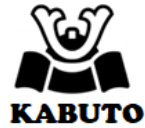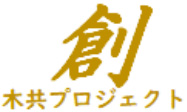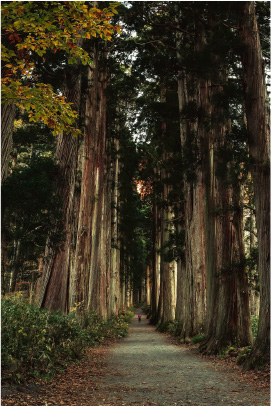Business
Social Business
Expanding Japan Business
We propose social sustainability by preserving traditional technologies, heritage, and natural environments.
This includes activities to expand Made-in-Japan products.

甲冑
(Kacchu)
Japanese armor
The armor and helmets worn by Japanese samurai during the Sengoku and Edo periods are well-known symbols of Japanese warrior culture.
They captivate many foreign tourists as historical symbols and traditions of Japan.
Usage Scenarios

Popular as traditional Japanese souvenirs for foreign tourists.

Enhance brand value in hotel lobbies, lounges, and VIP rooms during stays in Japan.

Improve customer satisfaction through souvenirs and business-related gifts.
Craftsman
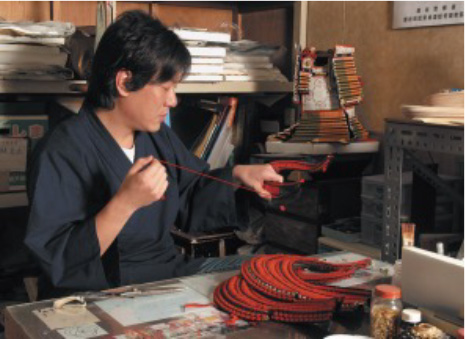
Tadayasu Okoshi
September 1, 1993 (Heisei 5)
Apprenticed to his father, Tadayasu Okoshi II, Yataro Okoshi
■Affiliations
Member of the Tokyo Armor Association
Member of the Japan Armor and Weapon Research Preservation Society
Member of the Tokyo Festival Doll Promotion Association
Member of the Saitama Festival Doll Promotion Association
Member of the Tokyo Hina Doll Industry Cooperative Association
Member of the Tokyo Traditional Craftsmen Association
■Qualifications
Certified Festival Doll Craftsman by the Japan Doll Association
Saitama Prefecture “Koshigaya Armor” Traditional Craftsman
Certified Traditional Craftsman by the Ministry of Economy, Trade and Industry
■Awards
1994: Gold Award (“Deployment”) (Best Technical Award)
1995: Prime Minister’s Award for “Katawake” (15th Edition)
1996: Minister of Education Award for “Bamboo Sparrow Helmet” (15th Edition)
1999: Prime Minister’s Award for “Date Masamune” (1/3 Edition)
2000: Minister of International Trade and Industry Award for “Tokugawa Ieyasu” (1/3 Edition)
2001: Prime Minister’s Award for “Maeda Toshiie” (1/5 Edition)
2002: Prime Minister’s Award for “Habataki” (10th Edition)
2003: Minister of Economy, Trade and Industry Award for “Sansan” (12th Edition)
2004: Prime Minister’s Award for “Echigo Tiger” (7th Edition)
2009: Minister of Education Special Award for “Naoe Kanetsugu” (7th Edition)
2010: Small and Medium Enterprise Agency Commissioner’s Award for “Sanada Yukimura” (13th Edition)
2012: Minister of Education, Culture, Sports, Science and Technology Special Award for “Shiraito Hi no Maru Armor” (1/5 Edition)
2013: Prime Minister’s Special Award for “Uesugi Kenshin” (12th Edition)
2014: Minister of Economy, Trade and Industry Special Award for “Golden Dragon Saint” (13th Edition)
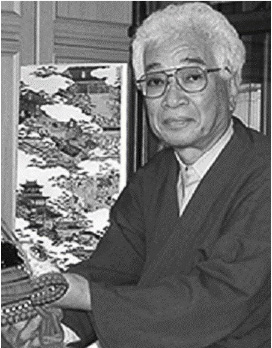
(Previous Generation) Tadayasu Okoshi
Born: July 1, 1939, as the eldest son of the 18th generation Okoshi family in Higashi-Ogiku, Arakawa Ward, Tokyo.
Apprenticed to the first-generation Tadayasu Okoshi on April 1, 1955.
■Affiliations
Member of the Tokyo Armor Association
Member of the Japan Armor and Weapon Research Preservation Society
Member of the Tokyo Festival Doll Promotion Association
Member of the Saitama Festival Doll Promotion Association
Member of the Tokyo Hina Doll Industry Cooperative Association
■Awards
1978: Prime Minister’s Award for “Kasuga” (13th Edition)
1981: Prime Minister’s Award for “Hon-Sitate” (12th Edition)
1987: Tokyo Governor’s Award for “Fukujyu” (12th Edition)
1993: Minister of Education Award for “Green Stone Two Colors” (10th Edition)
1994: Gold Award (“Deployment”) (Best Technical Award)
1995: Prime Minister’s Award for “Wakatake” (15th Edition)
1996: Minister of Education Award for “Bamboo Sparrow Helmet” (15th Edition)
1999: Prime Minister’s Award for “Date Masamune” (1/3 Edition)
2000: Minister of International Trade and Industry Award for “Tokugawa Ieyasu” (1/3 Edition)
2001: Prime Minister’s Award for “Maeda Toshiie” (1/5 Edition)
2002: Prime Minister’s Award for “Habataki Armor” (10th Edition)
2003: Minister of Economy, Trade and Industry Award for “Sansan” (12th Edition)
2004: Prime Minister’s Award for “Echigo Tiger” (7th Edition)
Reasons for Choosing Tadayasu’s Armor
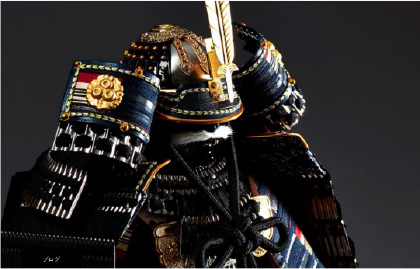
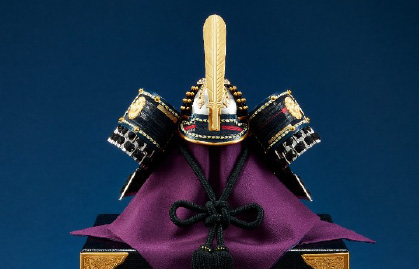

Conveying the spirit of Japan through traditional craftsmanship
With over fifty years of tradition, Tadayasu Okoshi carries on the legacy of the first generation. The armor recreated by Tadayasu goes beyond being mere weaponry, elegantly embodying the spirit of Japanese people. Combining skills in metalwork, lacquer, dyeing, and leathercraft, it represents a comprehensive craft product. To faithfully reproduce this traditional craft in modern times, each piece is meticulously handmade with care and long years of expertise.
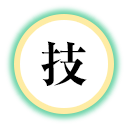
Detailed Historical Accuracy and Master Craftsman Skills
Tadayasu’s armor consistently receives high praise for its technical accuracy, driven by extensive experience and sincere passion for armor-making. His meticulous attention to historical accuracy, with in-depth research and examination of vast amounts of materials, ensures that every detail is reflected in the armor. This relentless dedication is evident in every piece.

Courage to Reject Compromise
Creating armor involves over 5,000 steps, with each component, such as the fittings, small plates, silk cords, brocade, and leather, meticulously crafted by skilled artisans. The process involves multiple iterations until perfection is achieved. This courage to reject compromise underpins the excellence of Tadayasu’s armor.
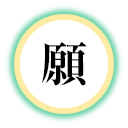
Desire for Intelligence, Virtue, and Courage
During the Sengoku era, samurai who possessed wisdom, virtue, and courage were considered the ideal warriors. This also reflects Tadayasu’s aspiration. He hopes that through his armor-making, individuals will embody intelligence, virtue, and courage, leading a fulfilling life.
We offer original helmets and armor, including those inspired by historical figures
like Tokugawa Ieyasu and Date Masamune.
If you are interested, please feel free to contact us.
We can arrange a visit to our showroom or bring the items to you for viewing.
Product Lineup
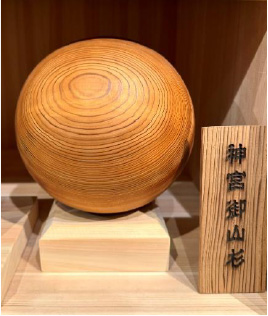
Sugi Tama
Approx. 180mm, Approx. 230mm
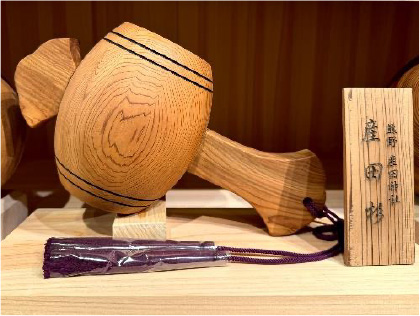
Lucky Mallet
Approx. 300mm, Approx. 150mm
Chopsticks
- Perfect for complementing a special meal
- As a takeaway gift after important events.
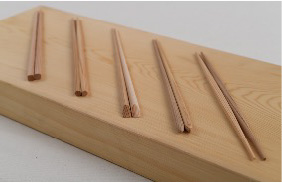

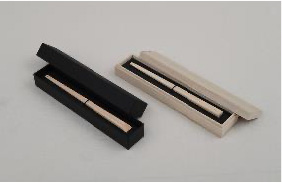
Power Tree (Bracelet)
- Ideal for yourself
- A loved one
- As a souvenir
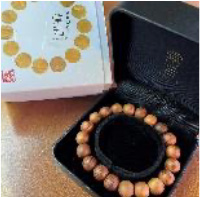
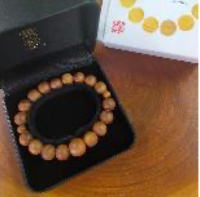
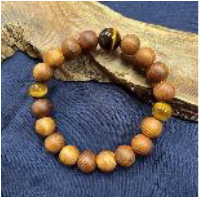
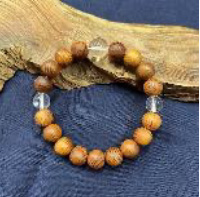
Torii
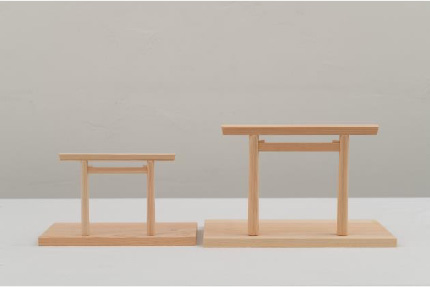
Bags (in development)
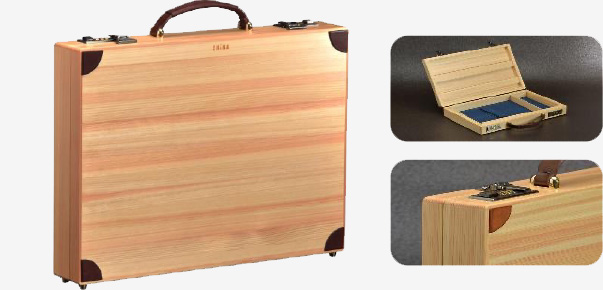
The Appeal of Wood
1.Environmental Contribution
CO² Absorption: Wood absorbs CO² during its growth, helping prevent global warming. Particularly, artificial forests play a vital role in this process.
Economic Cycle of Forests: Wood is an eco-friendly material, and by using it, we help maintain carbon fixation.
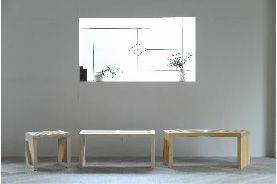
2.Mental Relaxation
Being surrounded by wood gives people a sense of calm.
Wood brings psychological comfort, and many find solace in envisioning wooden landscapes.
3.Wood Education
“Wood education” involves engaging with wood, learning about forests, and living by utilizing wood.
It fosters people who contribute to sustainable living and society.
It is gaining attention in schools and corporate CSR activities.
4.Characteristics of Wood
Wood softens sound and light while absorbing UV rays that affect the human body.
The spacing and variation of wood grain provide natural and pleasant stimulation to viewers.
Wood is deeply rooted in our lives, and rediscovering its charm helps build a sustainable lifestyle.
Through the charm of wood, we aim to “cherish culture and convey the spirit of wood”
while striving for an environmentally conscious society.
If your business is considering SDGs initiatives or looking to differentiate itself,
please feel free to consult with us.

